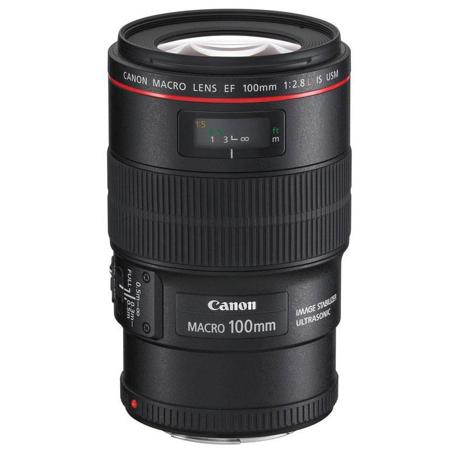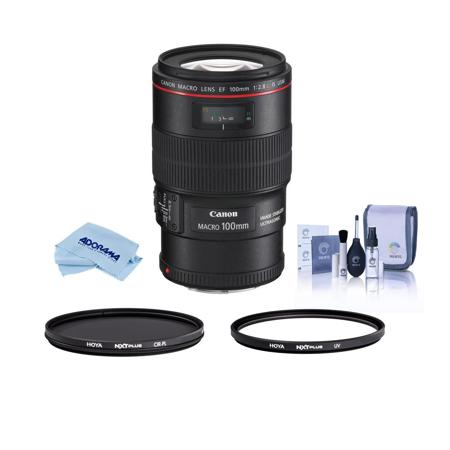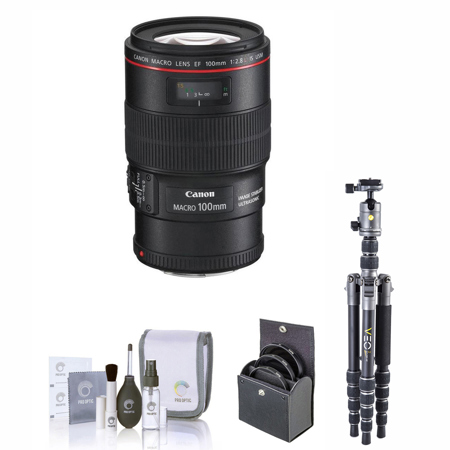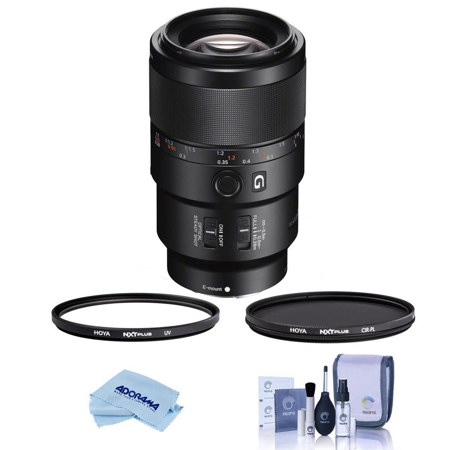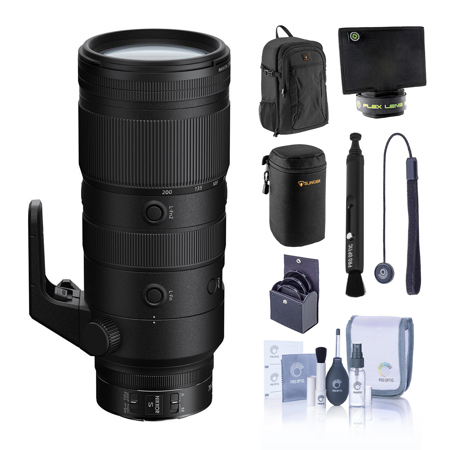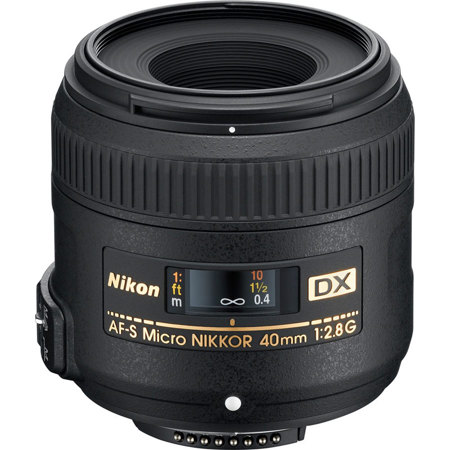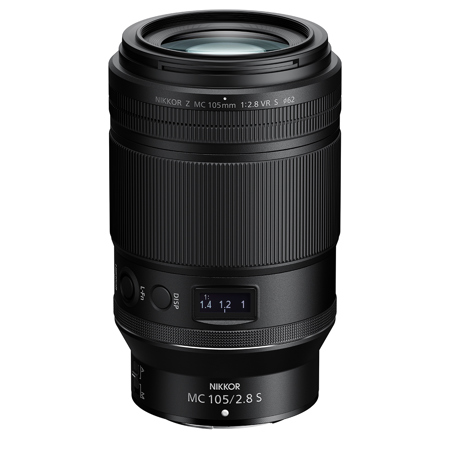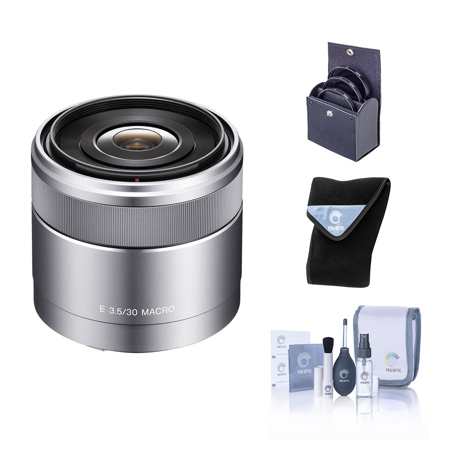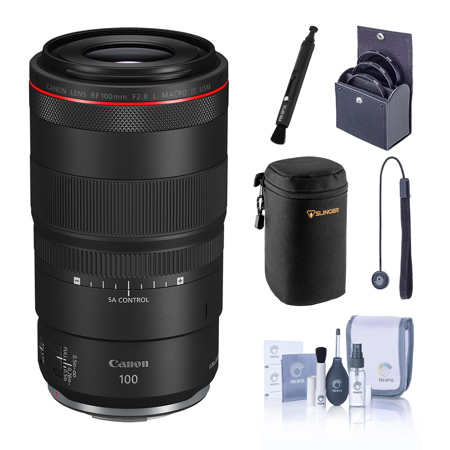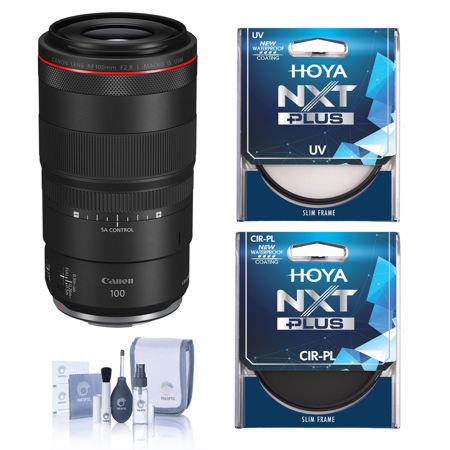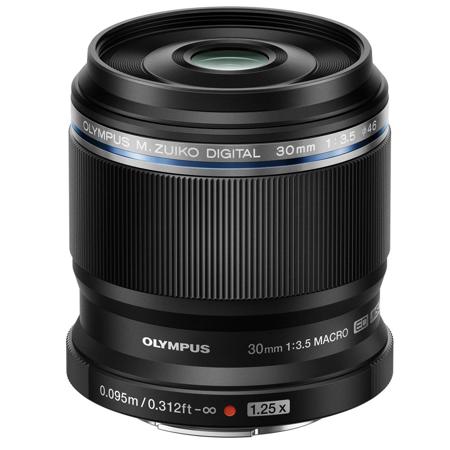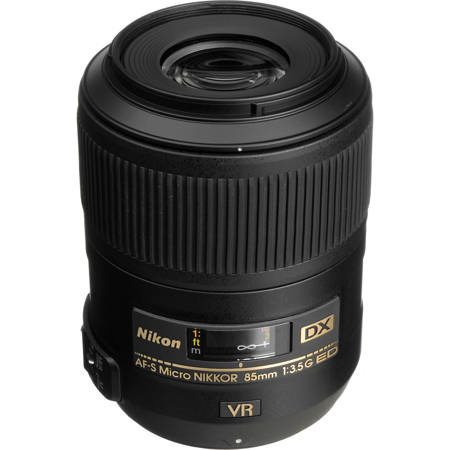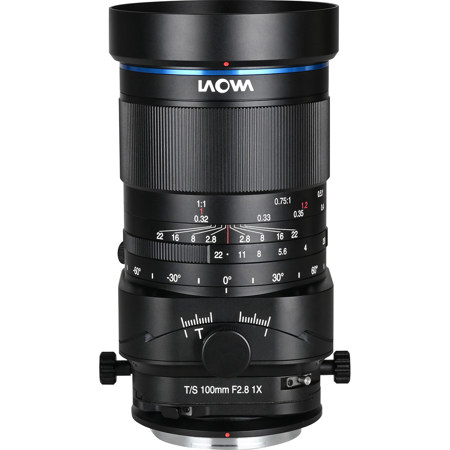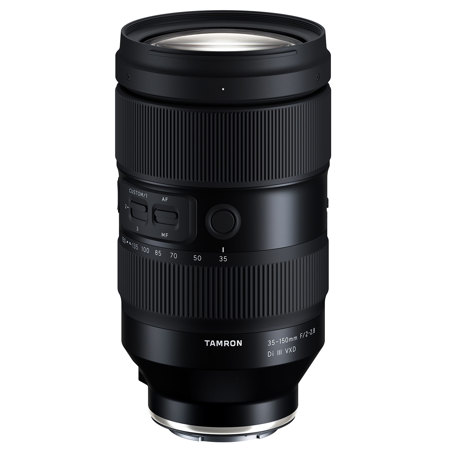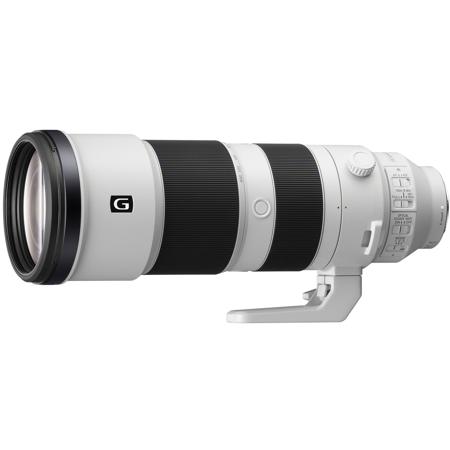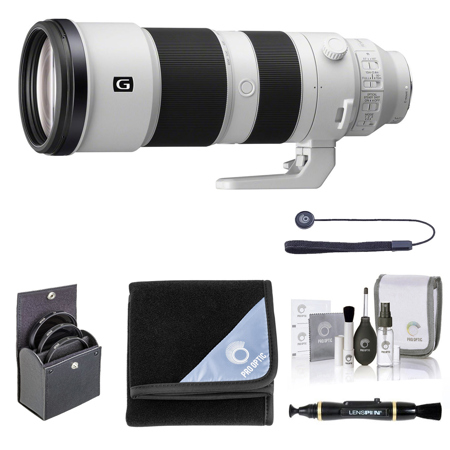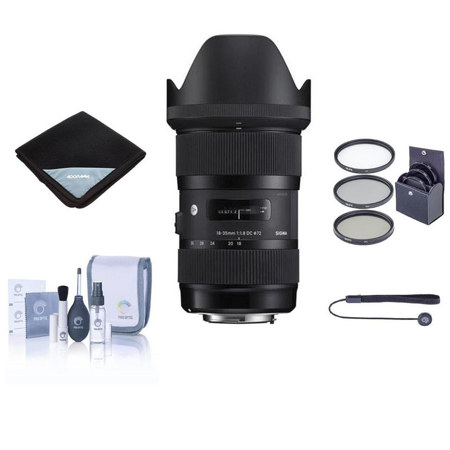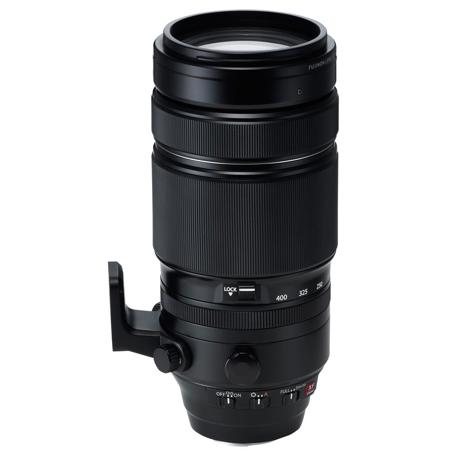Flower Photography Lenses
Capturing the vivid beauty and intricate detail of flowers requires more than just a good eye—it calls for the right lens for flower photography, one that can reveal the delicate textures, subtle color gradients, and luminous glow that make each bloom unique. Whether you’re a seasoned macro enthusiast, a botanical artist, or someone who simply loves to explore the world through your camera, the right lens can transform simple garden strolls or wildflower hikes into a creative adventure. Macro lenses, with their ability to focus at extremely close distances, are a favorite among flower photographers because they allow you to fill the frame with the fine details of petals, stamens, and dewdrops. The crispness and magnification these lenses provide make them invaluable for anyone who wants to showcase the complexity and artistry found in nature’s smallest wonders. As autumn turns to winter and the last blooms of the season cling to their stems, a macro lens can capture the fleeting beauty of frost-tipped petals or the rich, fading hues of late-season chrysanthemums, preserving them in stunning clarity.
Beyond dedicated macro lenses, other options like fast 50mm primes or longer telephoto macros offer their own unique advantages for flower photography. A 50mm lens with a wide aperture is an accessible, versatile choice, perfect for creating dreamy, blurred backgrounds that make flowers pop against a soft tapestry of color—ideal for portraits of single blooms or bouquets. Telephoto macro lenses in the 100mm to 180mm range provide extra reach, allowing you to isolate flowers from a distance and achieve a creamy, ethereal bokeh that turns background foliage into a wash of painterly light. These lenses are especially useful in gardens or nature reserves where you want to capture a subject without disturbing it, or when photographing shy pollinators at work. For those who prefer a broader context, standard zoom lenses like a 24-70mm let you incorporate environmental details, telling a fuller story of the flower’s place within its setting, whether that’s a wild meadow, a cultivated bed, or a still-life arrangement indoors. Each lens type brings a different perspective, so choosing the right one depends on your creative vision, the level of detail you want to achieve, and the kinds of scenes you love to shoot.
Flower photography lenses also make thoughtful gifts for anyone who delights in nature, gardening, or creative close-up work. They’re a wonderful choice for hobbyists looking to expand their photographic skills, as well as for professionals building a diverse kit for everything from fine art prints to commercial projects. Consider features like close focusing distance, optical quality, and the ability to render smooth, pleasing bokeh—these are key for isolating subjects and achieving that professional look. High-resolution lenses capture the fine textures and subtle veining of petals, while a lens with a wide maximum aperture (such as f/2.8 or wider) enables you to shoot in lower light and produce those sought-after blurred backgrounds. Accessories like extension tubes can enhance the capabilities of your existing lenses, letting you experiment with macro effects without the need for a dedicated macro lens. As you explore the world of flower photography, you may also find inspiration in related genres—if you’re interested in expanding your lens collection for events or portraiture, take a look at our curated guide to the Best Wedding Photography Lenses for more options that excel in capturing beauty and emotion. Whether you’re documenting the last blooms of November or preparing for the burst of color that spring will bring, the right lens can help you see—and share—the extraordinary details of the natural world.
Beyond dedicated macro lenses, other options like fast 50mm primes or longer telephoto macros offer their own unique advantages for flower photography. A 50mm lens with a wide aperture is an accessible, versatile choice, perfect for creating dreamy, blurred backgrounds that make flowers pop against a soft tapestry of color—ideal for portraits of single blooms or bouquets. Telephoto macro lenses in the 100mm to 180mm range provide extra reach, allowing you to isolate flowers from a distance and achieve a creamy, ethereal bokeh that turns background foliage into a wash of painterly light. These lenses are especially useful in gardens or nature reserves where you want to capture a subject without disturbing it, or when photographing shy pollinators at work. For those who prefer a broader context, standard zoom lenses like a 24-70mm let you incorporate environmental details, telling a fuller story of the flower’s place within its setting, whether that’s a wild meadow, a cultivated bed, or a still-life arrangement indoors. Each lens type brings a different perspective, so choosing the right one depends on your creative vision, the level of detail you want to achieve, and the kinds of scenes you love to shoot.
Flower photography lenses also make thoughtful gifts for anyone who delights in nature, gardening, or creative close-up work. They’re a wonderful choice for hobbyists looking to expand their photographic skills, as well as for professionals building a diverse kit for everything from fine art prints to commercial projects. Consider features like close focusing distance, optical quality, and the ability to render smooth, pleasing bokeh—these are key for isolating subjects and achieving that professional look. High-resolution lenses capture the fine textures and subtle veining of petals, while a lens with a wide maximum aperture (such as f/2.8 or wider) enables you to shoot in lower light and produce those sought-after blurred backgrounds. Accessories like extension tubes can enhance the capabilities of your existing lenses, letting you experiment with macro effects without the need for a dedicated macro lens. As you explore the world of flower photography, you may also find inspiration in related genres—if you’re interested in expanding your lens collection for events or portraiture, take a look at our curated guide to the Best Wedding Photography Lenses for more options that excel in capturing beauty and emotion. Whether you’re documenting the last blooms of November or preparing for the burst of color that spring will bring, the right lens can help you see—and share—the extraordinary details of the natural world.
